NIT3171 ICT Business Analysis: Boston Housing Data Report
VerifiedAdded on 2023/01/20
|6
|480
|27
Report
AI Summary
This assignment report focuses on the analysis of the Boston housing dataset, applying data mining techniques to address a business problem. The student adopts a business analyst role, utilizing the provided dataset to improve real estate consulting practices. The report employs a linear regression al...
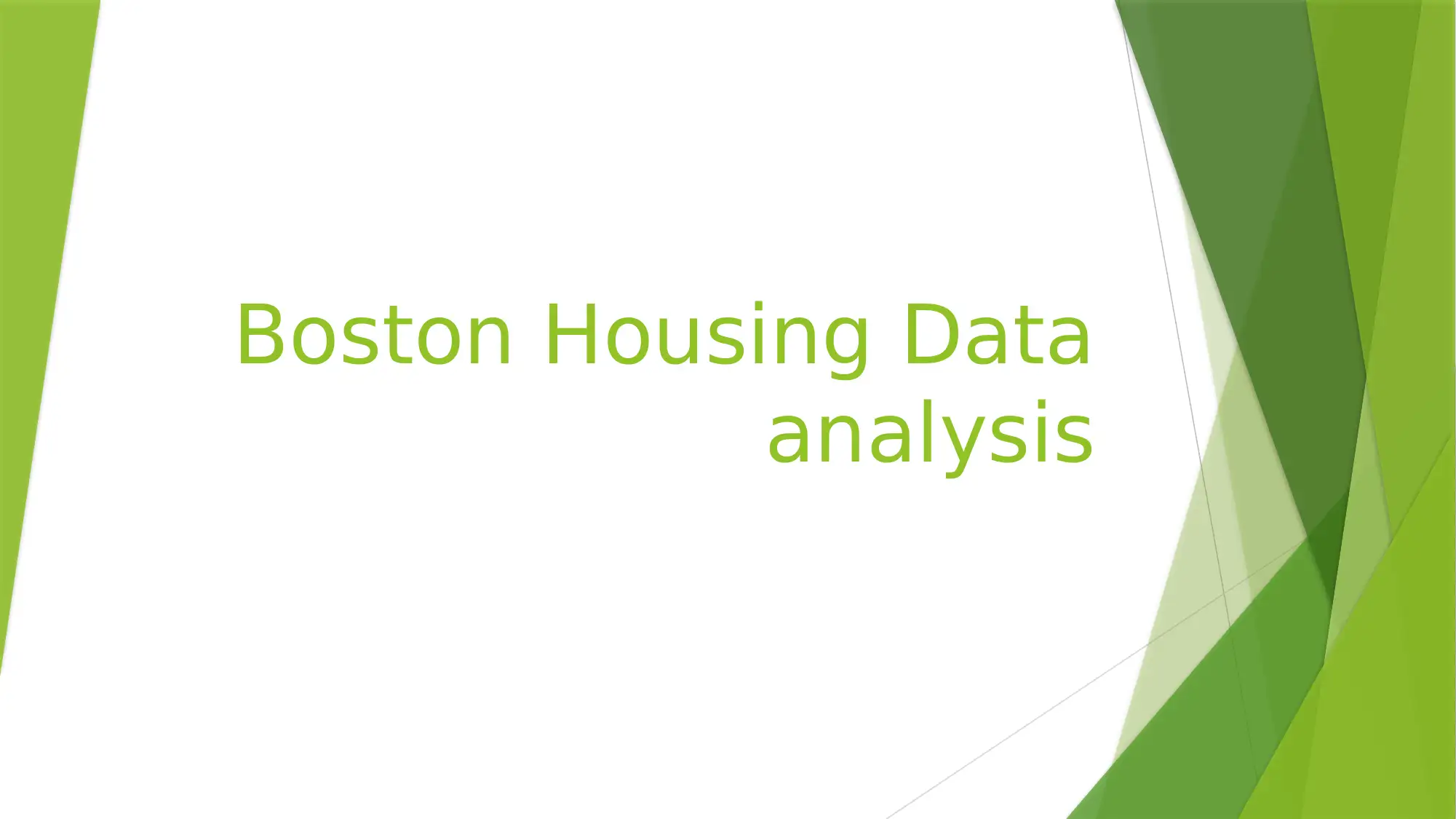
Boston Housing Data
analysis
analysis
Paraphrase This Document
Need a fresh take? Get an instant paraphrase of this document with our AI Paraphraser
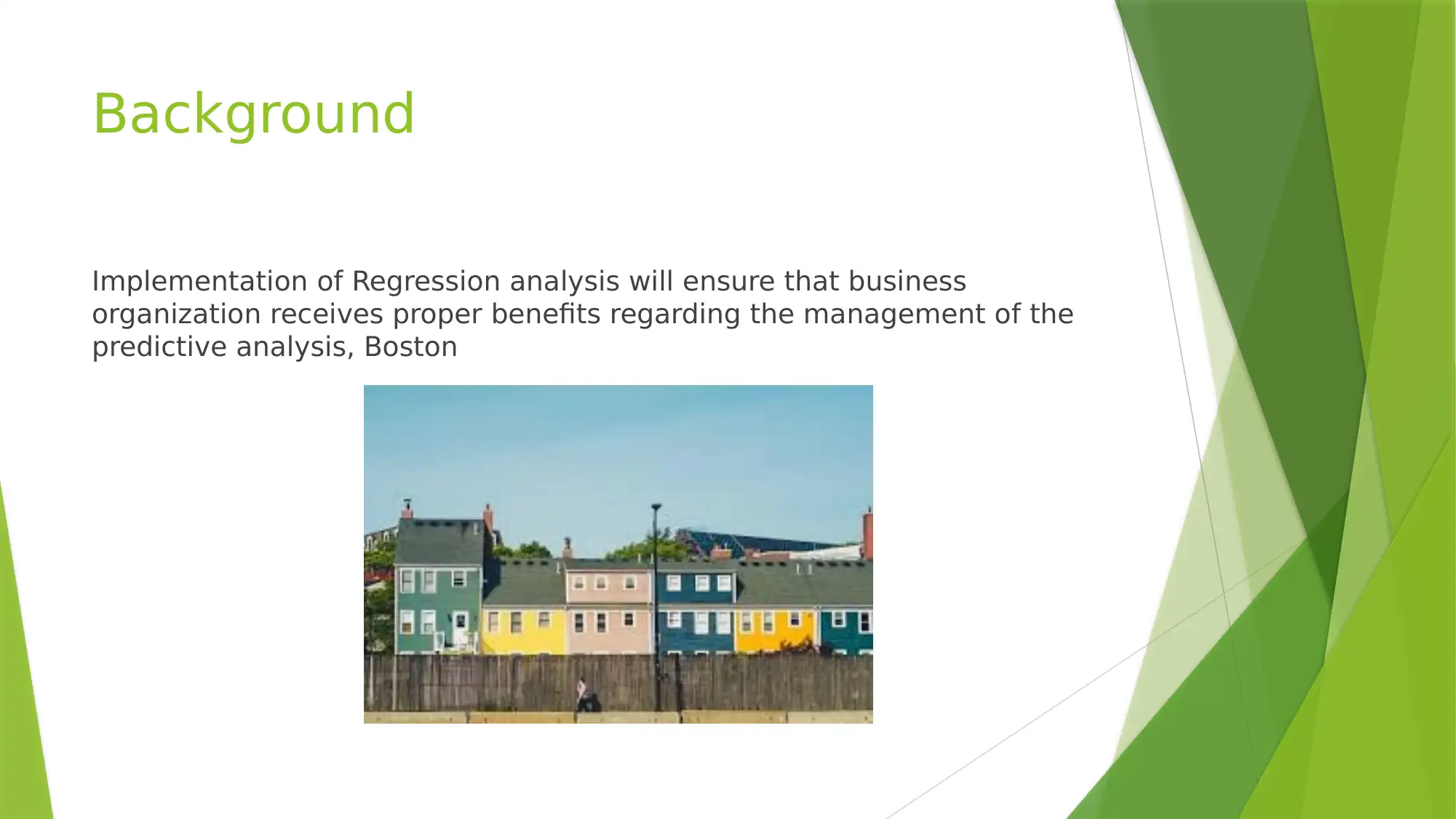
Background
Implementation of Regression analysis will ensure that business
organization receives proper benefits regarding the management of the
predictive analysis, Boston
Implementation of Regression analysis will ensure that business
organization receives proper benefits regarding the management of the
predictive analysis, Boston
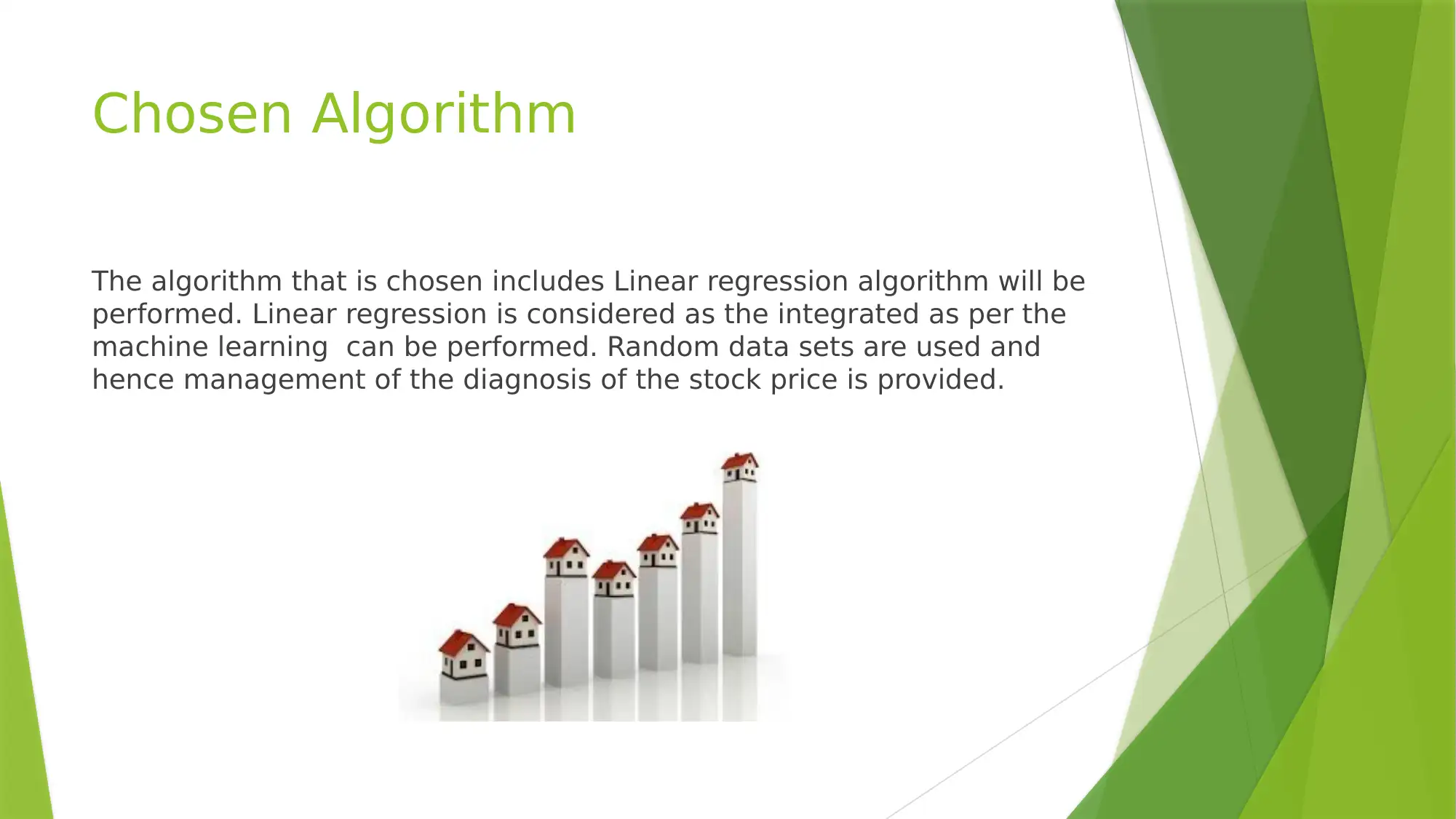
Chosen Algorithm
The algorithm that is chosen includes Linear regression algorithm will be
performed. Linear regression is considered as the integrated as per the
machine learning can be performed. Random data sets are used and
hence management of the diagnosis of the stock price is provided.
The algorithm that is chosen includes Linear regression algorithm will be
performed. Linear regression is considered as the integrated as per the
machine learning can be performed. Random data sets are used and
hence management of the diagnosis of the stock price is provided.
⊘ This is a preview!⊘
Do you want full access?
Subscribe today to unlock all pages.

Trusted by 1+ million students worldwide
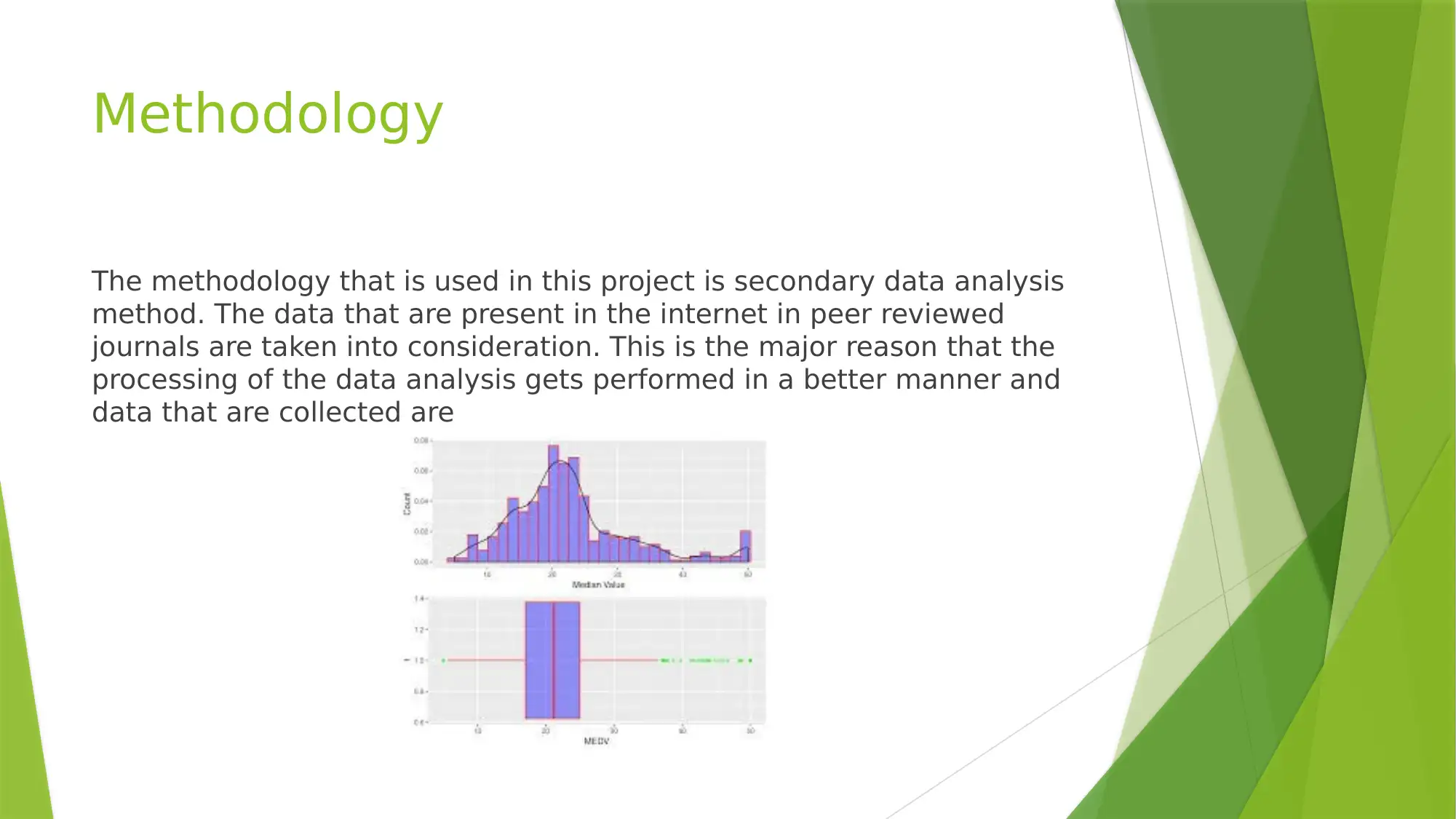
Methodology
The methodology that is used in this project is secondary data analysis
method. The data that are present in the internet in peer reviewed
journals are taken into consideration. This is the major reason that the
processing of the data analysis gets performed in a better manner and
data that are collected are
The methodology that is used in this project is secondary data analysis
method. The data that are present in the internet in peer reviewed
journals are taken into consideration. This is the major reason that the
processing of the data analysis gets performed in a better manner and
data that are collected are
Paraphrase This Document
Need a fresh take? Get an instant paraphrase of this document with our AI Paraphraser
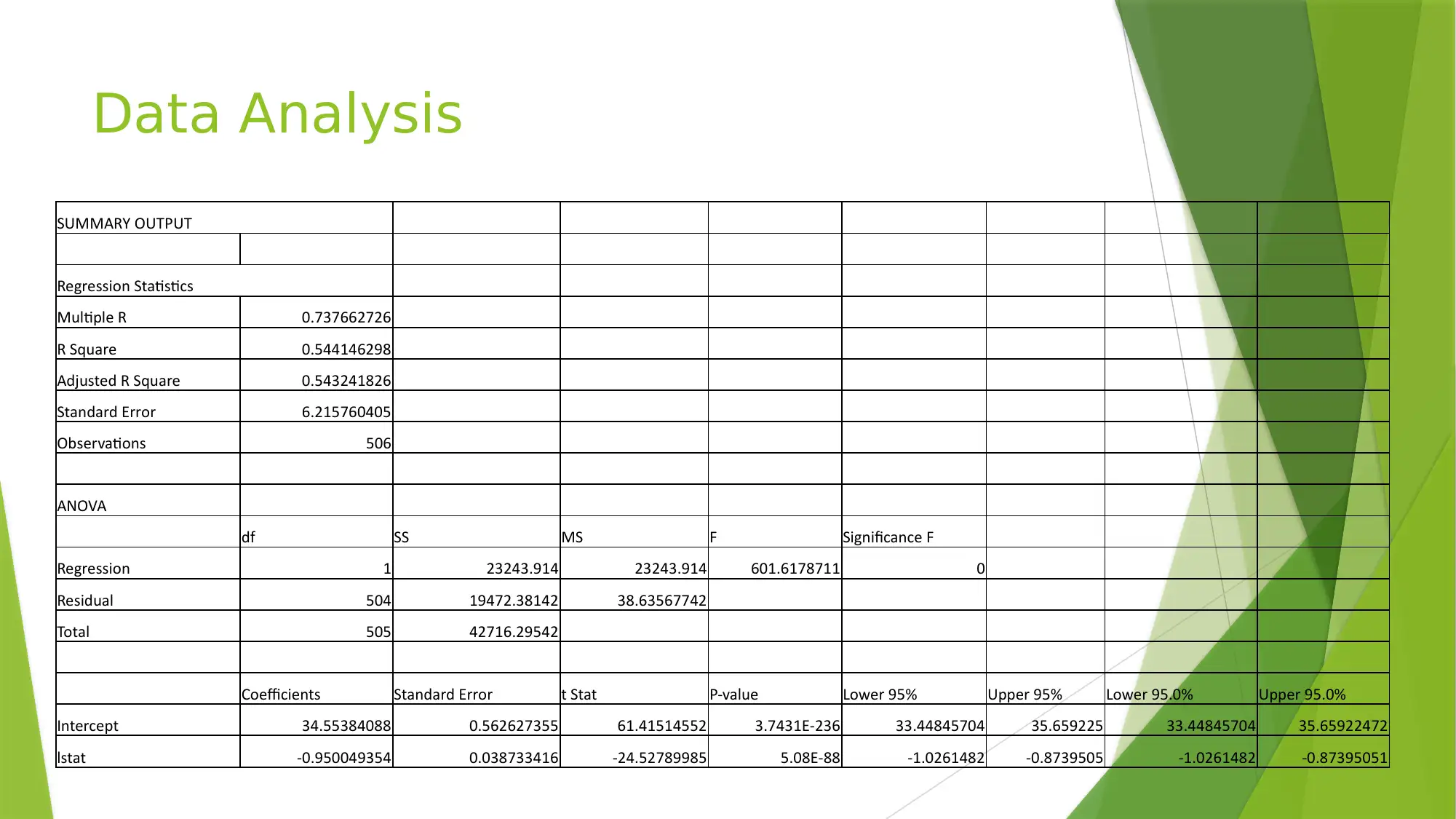
Data Analysis
SUMMARY OUTPUT
Regression Statistics
Multiple R 0.737662726
R Square 0.544146298
Adjusted R Square 0.543241826
Standard Error 6.215760405
Observations 506
ANOVA
df SS MS F Significance F
Regression 1 23243.914 23243.914 601.6178711 0
Residual 504 19472.38142 38.63567742
Total 505 42716.29542
Coefficients Standard Error t Stat P-value Lower 95% Upper 95% Lower 95.0% Upper 95.0%
Intercept 34.55384088 0.562627355 61.41514552 3.7431E-236 33.44845704 35.659225 33.44845704 35.65922472
lstat -0.950049354 0.038733416 -24.52789985 5.08E-88 -1.0261482 -0.8739505 -1.0261482 -0.87395051
SUMMARY OUTPUT
Regression Statistics
Multiple R 0.737662726
R Square 0.544146298
Adjusted R Square 0.543241826
Standard Error 6.215760405
Observations 506
ANOVA
df SS MS F Significance F
Regression 1 23243.914 23243.914 601.6178711 0
Residual 504 19472.38142 38.63567742
Total 505 42716.29542
Coefficients Standard Error t Stat P-value Lower 95% Upper 95% Lower 95.0% Upper 95.0%
Intercept 34.55384088 0.562627355 61.41514552 3.7431E-236 33.44845704 35.659225 33.44845704 35.65922472
lstat -0.950049354 0.038733416 -24.52789985 5.08E-88 -1.0261482 -0.8739505 -1.0261482 -0.87395051
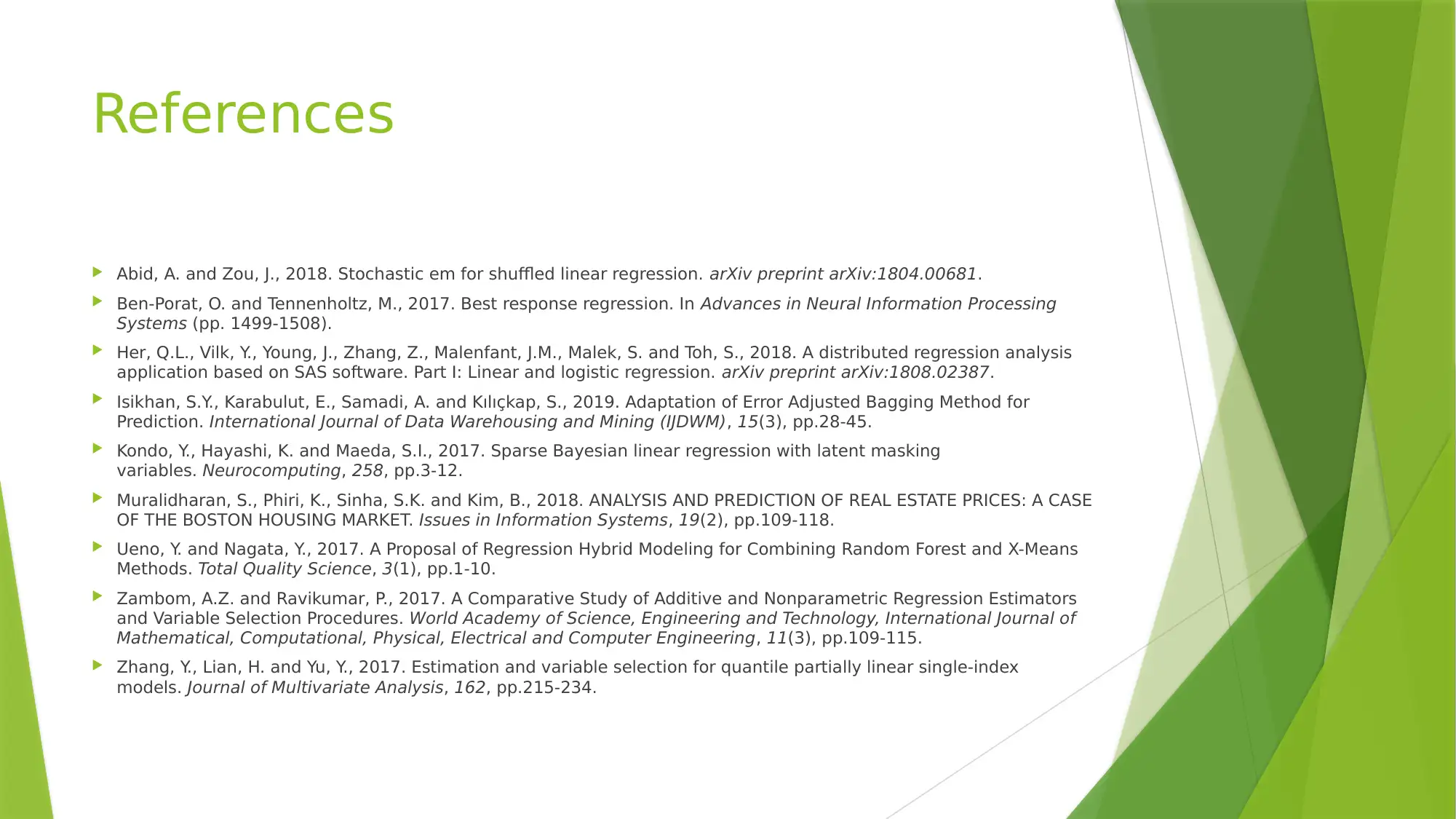
References
Abid, A. and Zou, J., 2018. Stochastic em for shuffled linear regression. arXiv preprint arXiv:1804.00681.
Ben-Porat, O. and Tennenholtz, M., 2017. Best response regression. In Advances in Neural Information Processing
Systems (pp. 1499-1508).
Her, Q.L., Vilk, Y., Young, J., Zhang, Z., Malenfant, J.M., Malek, S. and Toh, S., 2018. A distributed regression analysis
application based on SAS software. Part I: Linear and logistic regression. arXiv preprint arXiv:1808.02387.
Isikhan, S.Y., Karabulut, E., Samadi, A. and Kılıçkap, S., 2019. Adaptation of Error Adjusted Bagging Method for
Prediction. International Journal of Data Warehousing and Mining (IJDWM), 15(3), pp.28-45.
Kondo, Y., Hayashi, K. and Maeda, S.I., 2017. Sparse Bayesian linear regression with latent masking
variables. Neurocomputing, 258, pp.3-12.
Muralidharan, S., Phiri, K., Sinha, S.K. and Kim, B., 2018. ANALYSIS AND PREDICTION OF REAL ESTATE PRICES: A CASE
OF THE BOSTON HOUSING MARKET. Issues in Information Systems, 19(2), pp.109-118.
Ueno, Y. and Nagata, Y., 2017. A Proposal of Regression Hybrid Modeling for Combining Random Forest and X-Means
Methods. Total Quality Science, 3(1), pp.1-10.
Zambom, A.Z. and Ravikumar, P., 2017. A Comparative Study of Additive and Nonparametric Regression Estimators
and Variable Selection Procedures. World Academy of Science, Engineering and Technology, International Journal of
Mathematical, Computational, Physical, Electrical and Computer Engineering, 11(3), pp.109-115.
Zhang, Y., Lian, H. and Yu, Y., 2017. Estimation and variable selection for quantile partially linear single-index
models. Journal of Multivariate Analysis, 162, pp.215-234.
Abid, A. and Zou, J., 2018. Stochastic em for shuffled linear regression. arXiv preprint arXiv:1804.00681.
Ben-Porat, O. and Tennenholtz, M., 2017. Best response regression. In Advances in Neural Information Processing
Systems (pp. 1499-1508).
Her, Q.L., Vilk, Y., Young, J., Zhang, Z., Malenfant, J.M., Malek, S. and Toh, S., 2018. A distributed regression analysis
application based on SAS software. Part I: Linear and logistic regression. arXiv preprint arXiv:1808.02387.
Isikhan, S.Y., Karabulut, E., Samadi, A. and Kılıçkap, S., 2019. Adaptation of Error Adjusted Bagging Method for
Prediction. International Journal of Data Warehousing and Mining (IJDWM), 15(3), pp.28-45.
Kondo, Y., Hayashi, K. and Maeda, S.I., 2017. Sparse Bayesian linear regression with latent masking
variables. Neurocomputing, 258, pp.3-12.
Muralidharan, S., Phiri, K., Sinha, S.K. and Kim, B., 2018. ANALYSIS AND PREDICTION OF REAL ESTATE PRICES: A CASE
OF THE BOSTON HOUSING MARKET. Issues in Information Systems, 19(2), pp.109-118.
Ueno, Y. and Nagata, Y., 2017. A Proposal of Regression Hybrid Modeling for Combining Random Forest and X-Means
Methods. Total Quality Science, 3(1), pp.1-10.
Zambom, A.Z. and Ravikumar, P., 2017. A Comparative Study of Additive and Nonparametric Regression Estimators
and Variable Selection Procedures. World Academy of Science, Engineering and Technology, International Journal of
Mathematical, Computational, Physical, Electrical and Computer Engineering, 11(3), pp.109-115.
Zhang, Y., Lian, H. and Yu, Y., 2017. Estimation and variable selection for quantile partially linear single-index
models. Journal of Multivariate Analysis, 162, pp.215-234.
⊘ This is a preview!⊘
Do you want full access?
Subscribe today to unlock all pages.

Trusted by 1+ million students worldwide
1 out of 6
Related Documents
Your All-in-One AI-Powered Toolkit for Academic Success.
+13062052269
info@desklib.com
Available 24*7 on WhatsApp / Email
![[object Object]](/_next/static/media/star-bottom.7253800d.svg)
Unlock your academic potential
© 2024 | Zucol Services PVT LTD | All rights reserved.





